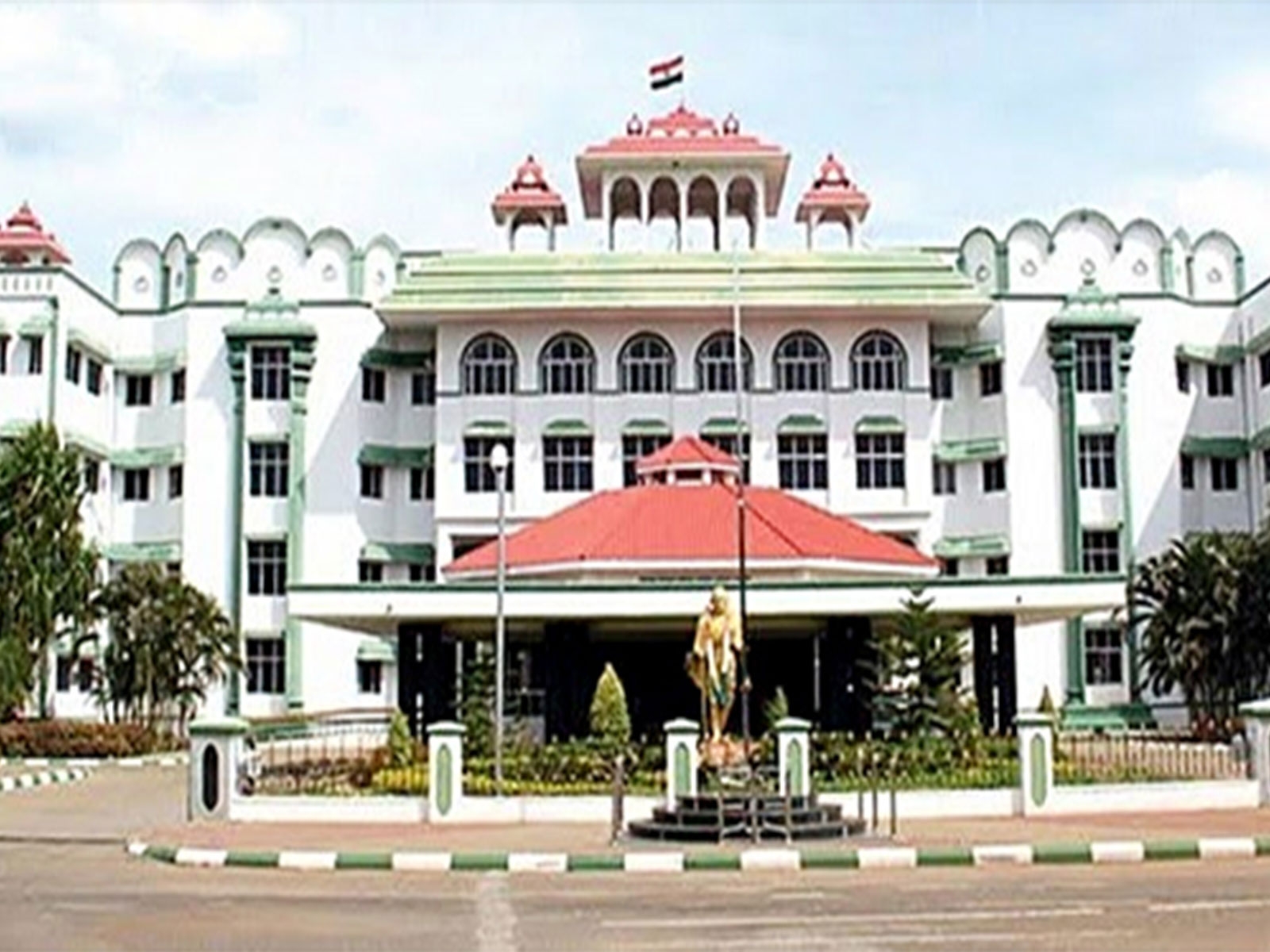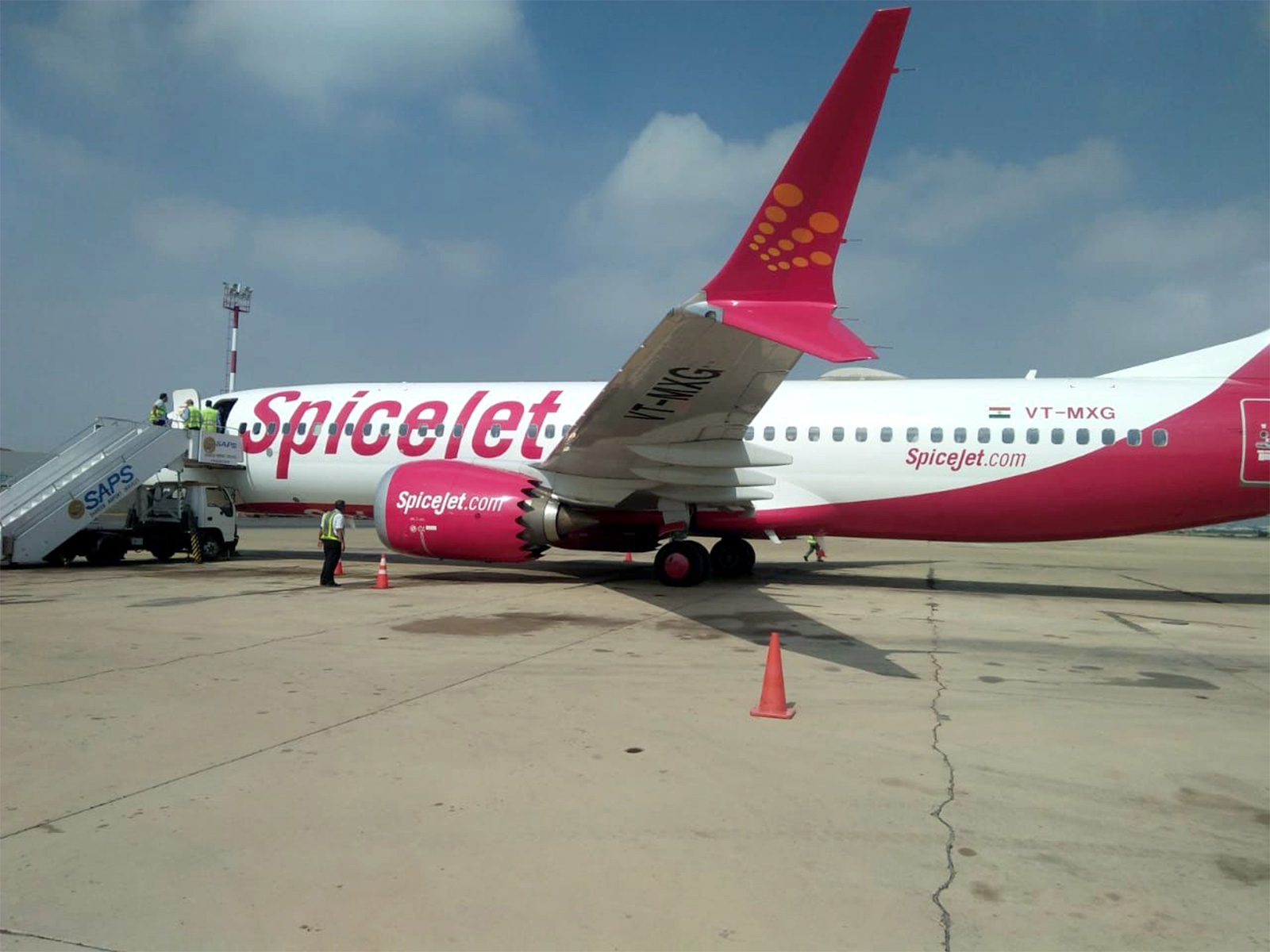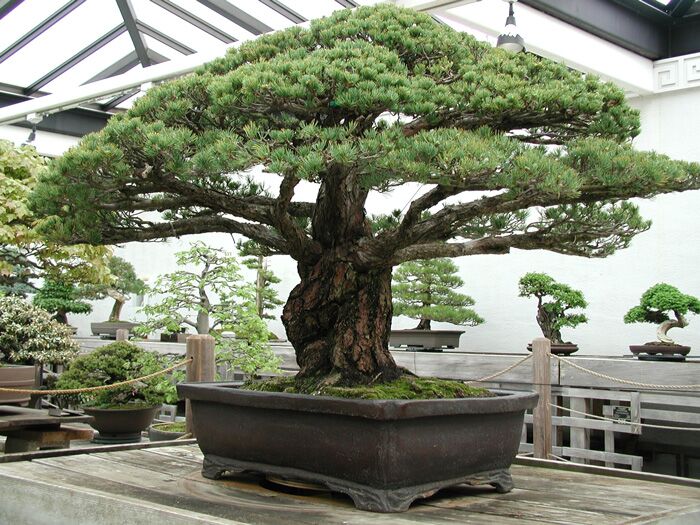
A relic of the horrifying Hiroshima-Nagasaki nuclear attack is still flourishing in the Washington DC. A Bonsai tree, which was gifted to US by Japan as a token of friendship from Japanese bonsai master Masaru Yamaki, still stands tall and in full bloom. Presently, the tree is part of a collection at the National Arboretum which came to the garden's National Bonsai & Penjing Museum in 1976.
History
The tree's past was unknown to the museum until Yamaki's grandsons visited the bonsai tree and revealed its history. The tree survived world's fatal nuclear attack that had wiped out almost half of Japan's population. On 6 August, Japan marked the 70th anniversary of the nuclear attack on Hiroshima in 1945.
According to Kathleen Emerson-Dell, assistant curator for artifact collections at the museum, the museum did not broadcast the tree's history for the simple reason that the tree's beauty and symbol of friendship between the two countries is more relevant to its meaning. "We really don't play up the idea of its surviving Hiroshima," Emerson-Bell said. "It's just a fact of life." In fact, the tree has survived much more - it's nearly 400 years old.
Surviving Hiroshima blast
When the atomic bomb was dropped in Hiroshima on 6 August 1945, Yamaki and his family were inside their home which was situated less than 2 miles away from the explosion. The devastating attack killed around 100,000 people, but Yamaki and his family survived largely unhurt, with only some minor injuries from flying glass fragments. Sitting just outside of their house, in a walled nursery, the bonsai tree stood, unharmed.





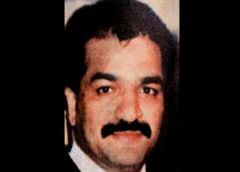
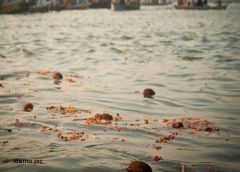
![BJP's Kapil Mishra recreates Shankar Mahadevan’s ‘Breathless’ song to highlight Delhi pollution [WATCH] BJP's Kapil Mishra recreates Shankar Mahadevan’s ‘Breathless’ song to highlight Delhi pollution [WATCH]](https://images.catchnews.com/upload/2022/11/03/kapil-mishra_240884_300x172.png)

![Anupam Kher shares pictures of his toned body on 67th birthday [MUST SEE] Anupam Kher shares pictures of his toned body on 67th birthday [MUST SEE]](https://images.catchnews.com/upload/2022/03/07/Anupam_kher_231145_300x172.jpg)




